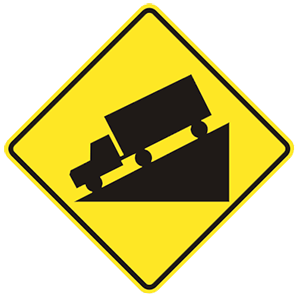2026 Massachusetts Permit Test 11
The following questions are from real DMV written tests. These are some of the actual permit questions you will face in Massachusetts. Each permit practice test question has three answer choices. Select one answer for each question and select "grade this section." You can find this button at the bottom of the drivers license quiz. For a complete list of questions and answers for Massachusetts please visit https://cheat-sheets.dmv-written-test.com/en/massachusetts/car.
Number of Tests
Number of Question
Passing Score
1. As alcohol builds up in your blood, it:
Explanation
As alcohol builds up in your system, it will slow your reactions, make you feel more confident, and cause you to make more errors.
2. What happens if you drink alcohol while taking prescription or over-the-counter medicine?
Explanation
Consuming alcohol and other drugs together can increase the impairing effects of both. For example, having one drink while you are also using a cold remedy could affect you as much as several drinks would when being consumed separately from any medications.
3. On a two-lane street, your vehicle is being followed by a fire engine that is not using its emergency signals. You should:
Explanation
If you are being followed by an emergency vehicle that is not using its siren or flashing lights, you do not need to clear a path. Continue driving in a normal manner.
4. You are driving when it starts to sleet or snow. You should:
Explanation
In snowy weather, keep your windshield and mirrors clear. Increase your following distance when driving in wet and cold weather because a slippery road surface will increase the distance needed for your vehicle to stop.
5. When you see this sign, it means:

Explanation
Chevron signs like this indicate that the road curves sharply in the direction indicated by the chevron (in this case, to the left). There may be several chevron signs placed throughout a curve.
Ranked by best match

